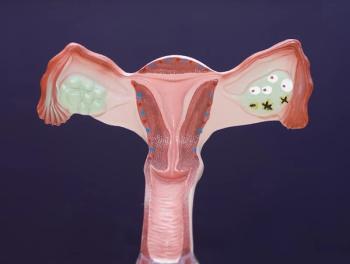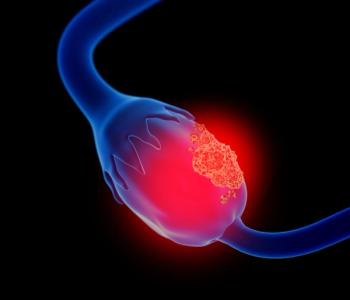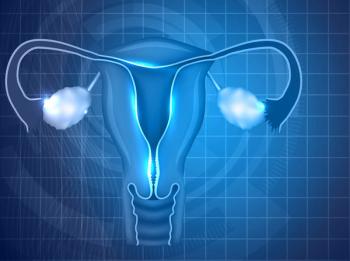
HPV Vaccination Leads to Decreased Rates of Cervical Pre-Cancers
The human papillomavirus (HPV) vaccine reduces the incidence of pre-cancerous cervical intraepithelial neoplasia (CIN), according to a population-based study in New Mexico.
The human papillomavirus (HPV) vaccine reduces the incidence of pre-cancerous cervical intraepithelial neoplasia (CIN), according to a population-based study in New Mexico. The results of the study were
The researchers examined rates of CIN in women between 15 and 29 years of age from 2007 to 2014 in the New Mexico HPV Pap Registry. CIN grade was evaluated with biopsies. After adjusting for cervical screening, the researchers saw significant reductions in the incidence of all grades of CIN among those aged 15 to 19 years. The annual decreases were 9% (P < .001), 10.5% (P = .03), and 41.3% (P = .05) for CIN1, CIN2, and CIN3, respectively. The reductions in CIN2 incidence in women aged 20 to 24 were also significant, decreasing annually by 6.3% (P = .02).
The New Mexico HPV Pap Registry is unique in that it is the only US-based surveillance database that has captured population estimates of both screening prevalence and rates of CIN since 2007, when nation-wide HPV vaccination was implemented.
“These data showing significant reductions in cervical pre-cancers represent the results from the overall population of young females, which includes those that are vaccinated and unvaccinated,” said study author Cosette M. Wheeler, PhD, of the department of pathology at the University of New Mexico Health Sciences Center, in a
In 2008, 48% of 13- to 17-year-old girls in New Mexico received at least one dose of the HPV vaccine and 17% received all three; by 2014, 59% of girls this age received at least one dose of the HPV vaccine, with 40% receiving all three.
The researchers suggest several factors that likely contributed to the reduced cervical pre-cancer rates: cross protection, or the vaccine’s ability to protect against additional types of HPV it does not target directly; efficacy of 1, 2, and 3 doses of the vaccine; and herd immunity.
Since the main goal of HPV vaccination is to prevent cervical cancer in women, the reductions in rates of CIN2 and CIN3 “are early benchmarks for achieving this aim,” wrote the study authors, while reductions in CIN1 are a “direct measure of reductions in HPV infections,” which are the necessary first step for virtually all cases of invasive cervical cancer. “Because CIN1 is the most common cervical neoplastic diagnosis that can lead to additional clinical follow-up, increased health care costs, and patient morbidities, reductions in CIN1 are an added benefit of HPV vaccination,” they wrote.
While current cervical screening guidelines recommend the same screening schedules for both unvaccinated and vaccinated women, based on this new analysis, the authors suggest that new guidelines be created that consider a later screening start for HPV vaccinated women.
Newsletter
Stay up to date on recent advances in the multidisciplinary approach to cancer.















































































